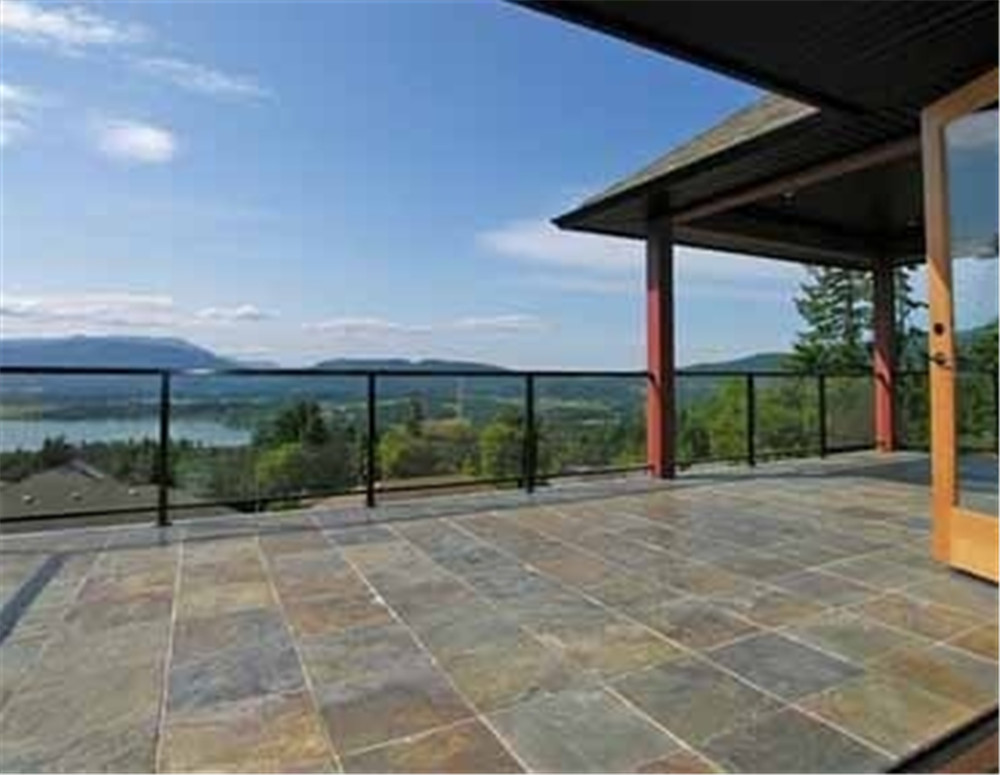Introduction:
A fireplace is often the focal point of a room, providing warmth, ambiance, and a cozy atmosphere. One way to enhance the look of your fireplace and elevate the overall aesthetic of your space is by using stone veneer. Stone veneer offers the beauty and elegance of natural stone without the hefty price tag and installation challenges. In this comprehensive guide, we will explore everything you need to know about stone veneer for fireplaces, including its benefits, types, installation process, maintenance, and design ideas.
Stone veneer for natural beauty of Stone Veneer for Fireplaces:
1. Aesthetic Appeal: Stone veneer adds a touch of rustic charm, elegance, and sophistication to any fireplace. It comes in a variety of colors, textures, and patterns, allowing you to customize the look of your fireplace to suit your style and preferences.
2. Cost-Effective: Compared to natural stone, stone veneer is more affordable, making it a budget-friendly option for homeowners looking to upgrade their fireplace without breaking the bank.

3. Lightweight and Easy to Install: Stone veneer is lighter in weight than natural stone, making it easier to handle and install. It can be applied directly over existing fireplace surfaces, saving time and labor costs.
4. Durability: Stone veneer is durable and long-lasting, able to withstand high temperatures and resist chipping, cracking, and fading over time. It is also low maintenance, requiring minimal upkeep to keep it looking great for years to come.
Types of Stone Veneer for Fireplaces:
1. Natural Stone Veneer: Made from real stone that is cut to a thin thickness, natural stone veneer offers an authentic and organic look for your fireplace. It comes in a variety of types, including slate, limestone, granite, and quartzite, each with its own unique characteristics and beauty.
2. Manufactured Stone Veneer: Also known as faux stone, manufactured stone veneer is made from a blend of cement, aggregates, and iron oxides that mimic the look of natural stone. It is lightweight, easy to install, and available in a wide range of colors and styles.
3. Stacked Stone Veneer: Stacked stone veneer features irregularly shaped stones stacked together to create a textured and dimensional look. It adds a modern and contemporary touch to your fireplace, enhancing its visual appeal.
4. Brick Veneer: For a more traditional and classic look, brick veneer is a popular choice. It replicates the appearance of traditional brick masonry, adding warmth and character to your fireplace.
Installation Process of Stone Veneer for Fireplaces:
1. Preparation: Before installing stone veneer, ensure that the surface of your fireplace is clean, dry, and free of any debris or dust. Remove any existing materials, such as tiles or paint, that may hinder the adhesion of the stone veneer.
2. Application of Scratch Coat: Apply a scratch coat of mortar to the fireplace surface using a trowel. This rough surface will help the stone veneer adhere better and create a strong bond.
3. Setting the Stones: Start by dry-fitting the stone veneer pieces to determine the layout and pattern. Apply a layer of mortar to the back of each stone and press it firmly onto the fireplace surface, working from the bottom up. Use spacers to maintain even spacing between the stones.
4. Grouting: Once all the stones are in place, fill the gaps between them with grout using a grout bag or a trowel. Smooth out the grout lines and wipe off any excess grout with a damp sponge.
5. Sealing: To protect the stone veneer and enhance its color and sheen, apply a coat of sealer once the grout has dried completely. Follow the manufacturer's instructions for the proper application of the sealer.
Maintenance of Stone Veneer for Fireplaces:
1. Regular Cleaning: To keep your stone veneer fireplace looking its best, clean it regularly with a soft brush or vacuum to remove dust and debris. Avoid using harsh chemicals or abrasive cleaners that can damage the stone veneer.
2. Sealing: Periodically reseal the stone veneer to maintain its appearance and protect it from stains, moisture, and UV rays. Check the sealer's condition and reapply it as needed to ensure the longevity of your fireplace.
3. Repairing Chips or Cracks: If you notice any chips or cracks in the stone veneer, repair them promptly to prevent further damage. Use a patching compound or mortar to fill in the damaged areas and blend them seamlessly with the surrounding stones.
Design Ideas for Stone Veneer Fireplaces:
1. Rustic Charm: Create a cozy and inviting atmosphere with a stacked stone veneer fireplace paired with a reclaimed wood mantel and rustic decor elements, such as a log holder and woven baskets.
2. Modern Elegance: Opt for sleek and contemporary stacked stone veneer in a neutral color palette to complement a minimalist and modern interior design. Add a sleek metal fireplace surround and minimalist furnishings for a sophisticated look.
3. Traditional Appeal: Choose a brick veneer fireplace with a herringbone pattern for a classic and timeless aesthetic. Pair it with traditional furniture pieces, such as a plush armchair and a Persian rug, for a cozy and traditional feel.
4. Statement Wall: Make a bold statement with a floor-to-ceiling stone veneer fireplace that serves as a focal point in your living room. Combine different stone veneer types and textures for a dynamic and visually striking feature.
Conclusion:
Stone veneer offers a versatile, cost-effective, and visually appealing option for enhancing your fireplace. Whether you prefer the natural beauty of real stone or the versatility of manufactured stone, there are endless possibilities to customize your fireplace to suit your style and preferences. By following the installation process, proper maintenance tips, and design ideas outlined in this guide, you can transform your fireplace into a stunning focal point that adds warmth and character to your home.
